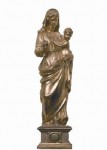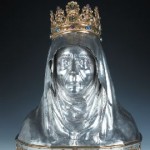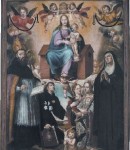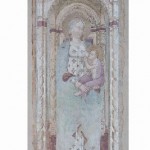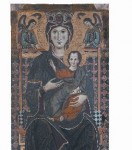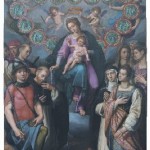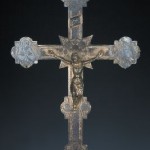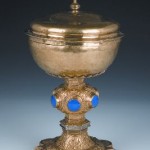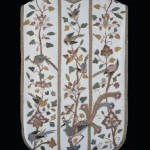Situated in the ancient part of Certaldo Alto, the museum opened in 2001 and so it is among the newest in Tuscany.
The tour unfolds in some rooms of the ancient religious society premises adjacent to the Augustinian Church of Santi Jacopo e Filippo, where the cenotaph of Giovanni Boccaccio (1313 – 1375), is found. Boccaccio was born in the house that overlooks the same street, a short distance away.
In the museum, there are about one hundred fifty works, coming from various parishes in the surrounding area, such as San Lazzaro in Lucardo, which were brought together here for reasons of conservation and security.
From the church of Santa Maria in Bagnano come three masterpieces of medieval painting; these panels portray the Madonna with Child enthroned, painted by the Master of Bigallo and by Meliore, both active in Florence, the former in the first and the latter in the second half of the 1200’s, and the triptych with the Madonna with Child and Saints Peter and Romolus painted by Ugolino di Nerio about 1320.


